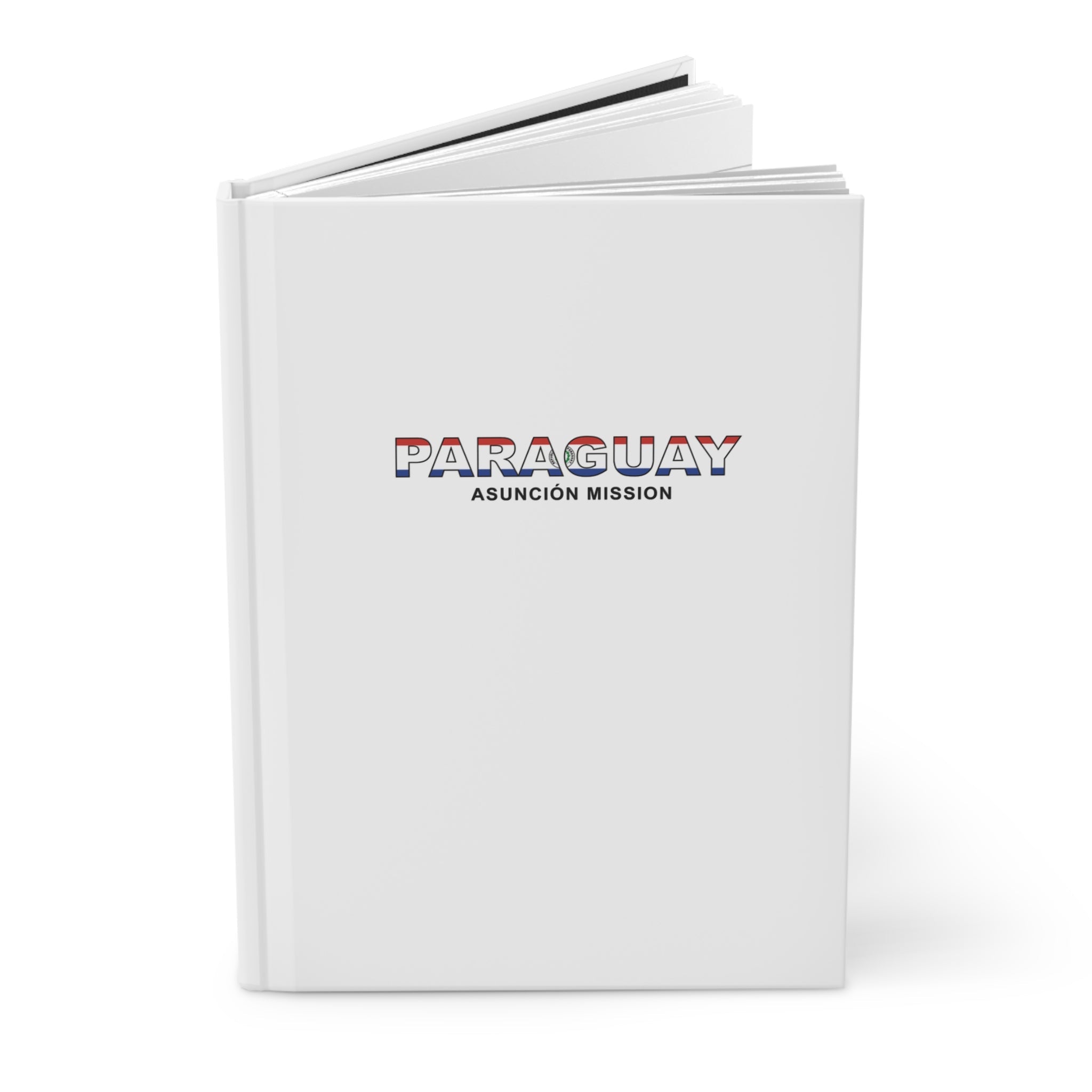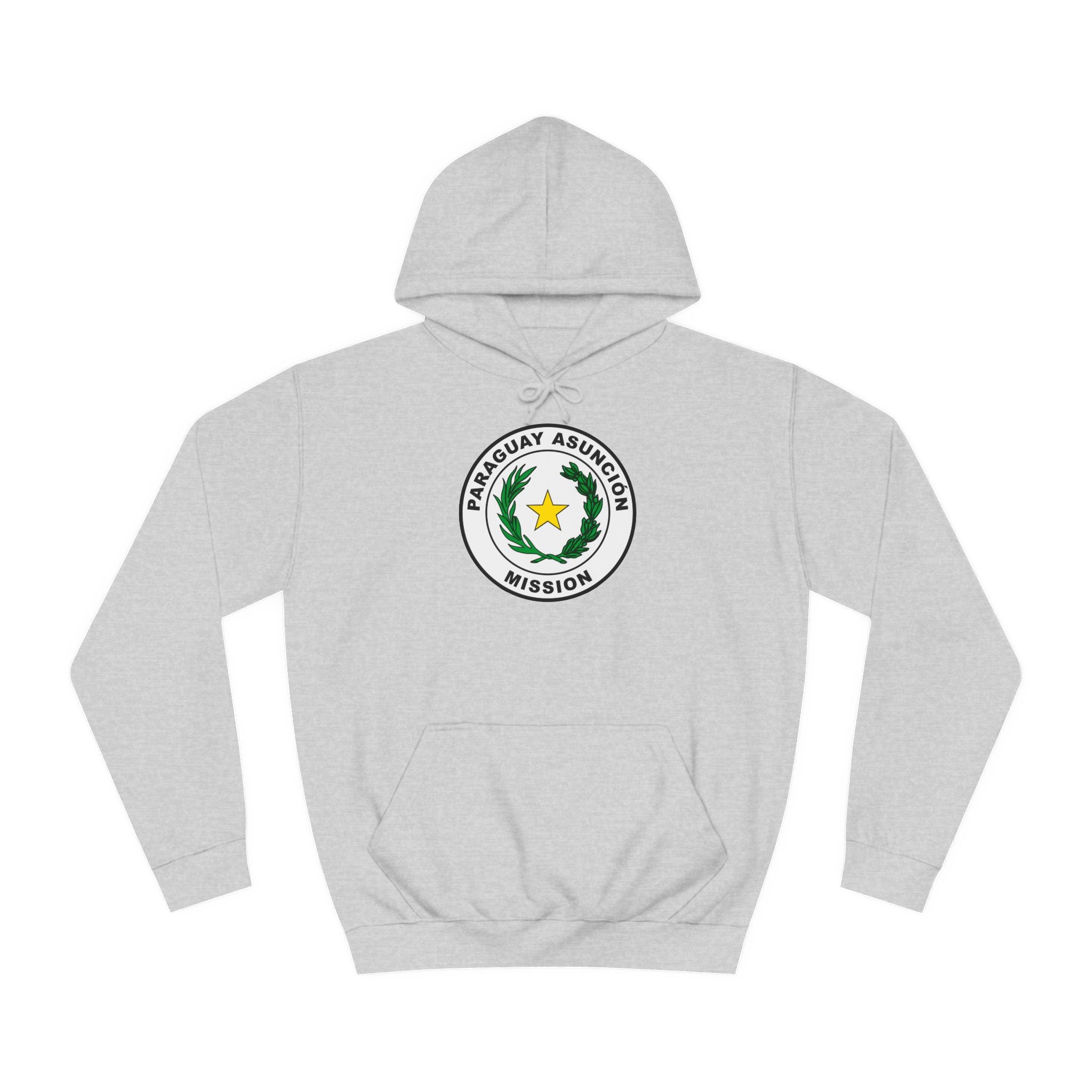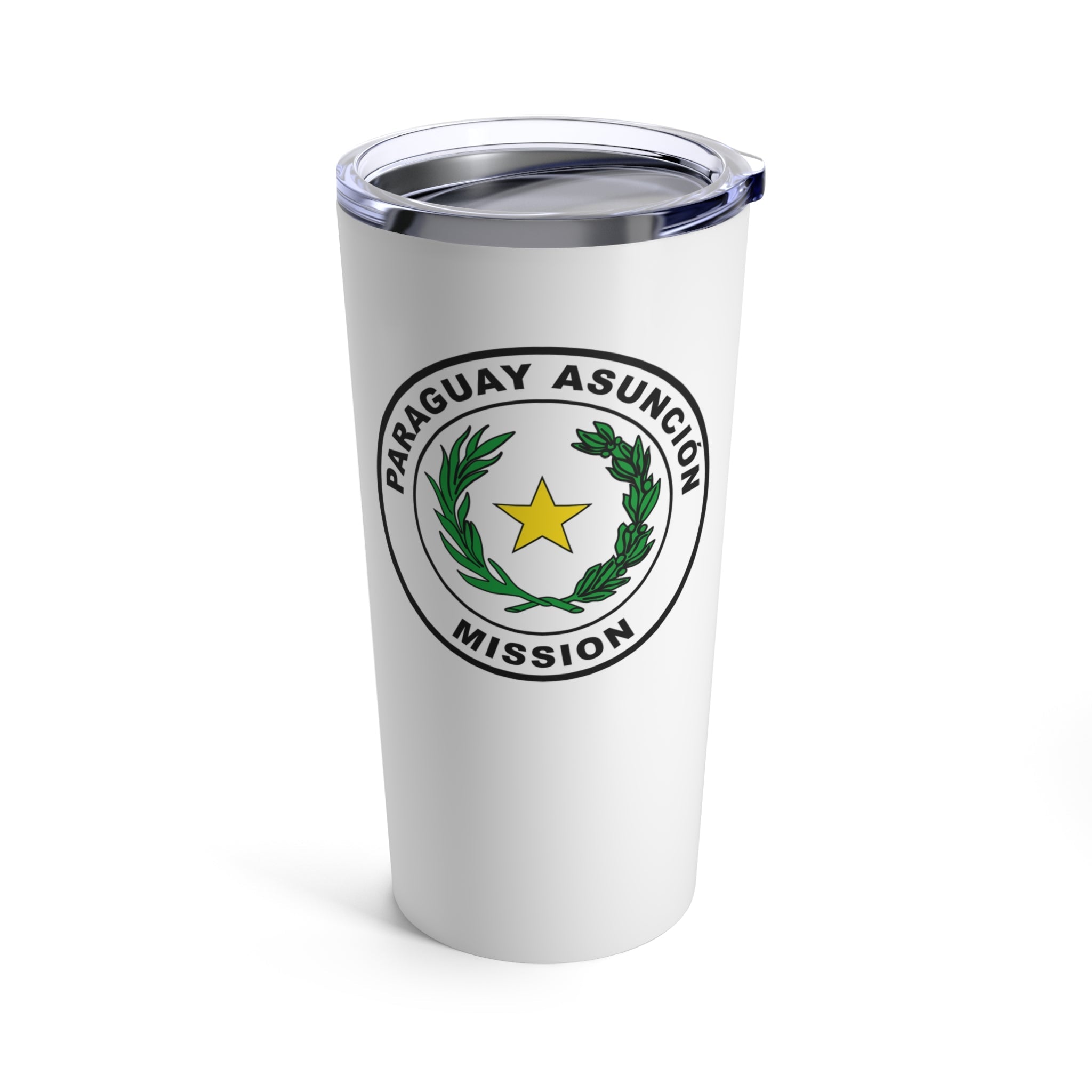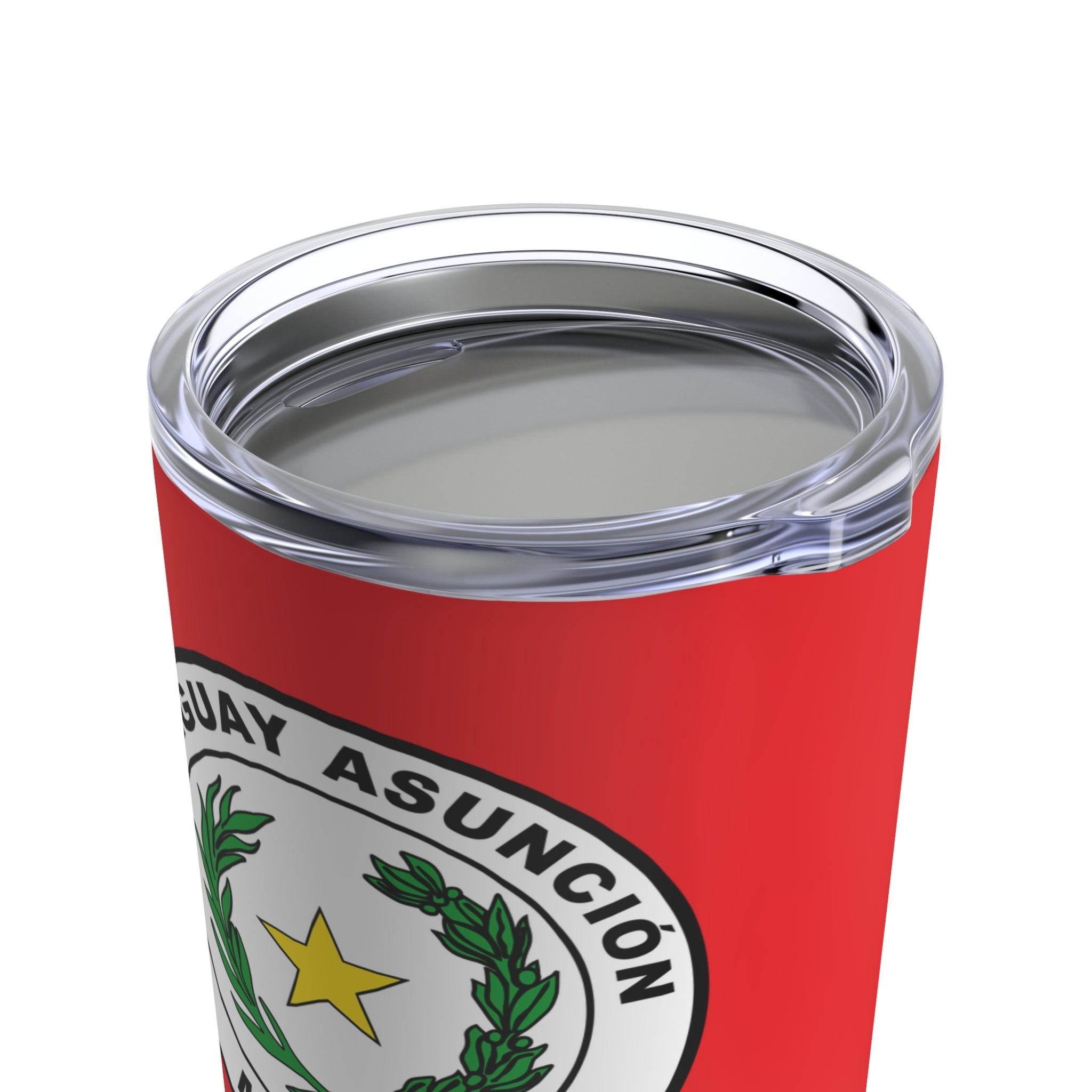CULTURAL SUMMARY
TOPOGRAPHY
CLIMATE
LANGUAGES
RELIGIONS
INDUSTRIES
LOCAL EVENTS
TOURISM
RECREATION
MISSION HISTORY
MISSION GROUPS
These groups are a great way to connect with other families who have missionaries in the same area, reconnect with other missionaries you served with in the past or simply learn more about the mission. Robust membership activity can make these groups truly amazing resources!
GIFTS FOR YOUR MISSIONARY
Paraguay Asuncion Mission Christmas Ornament
Sale price$15.98Regular price
$17.98












































